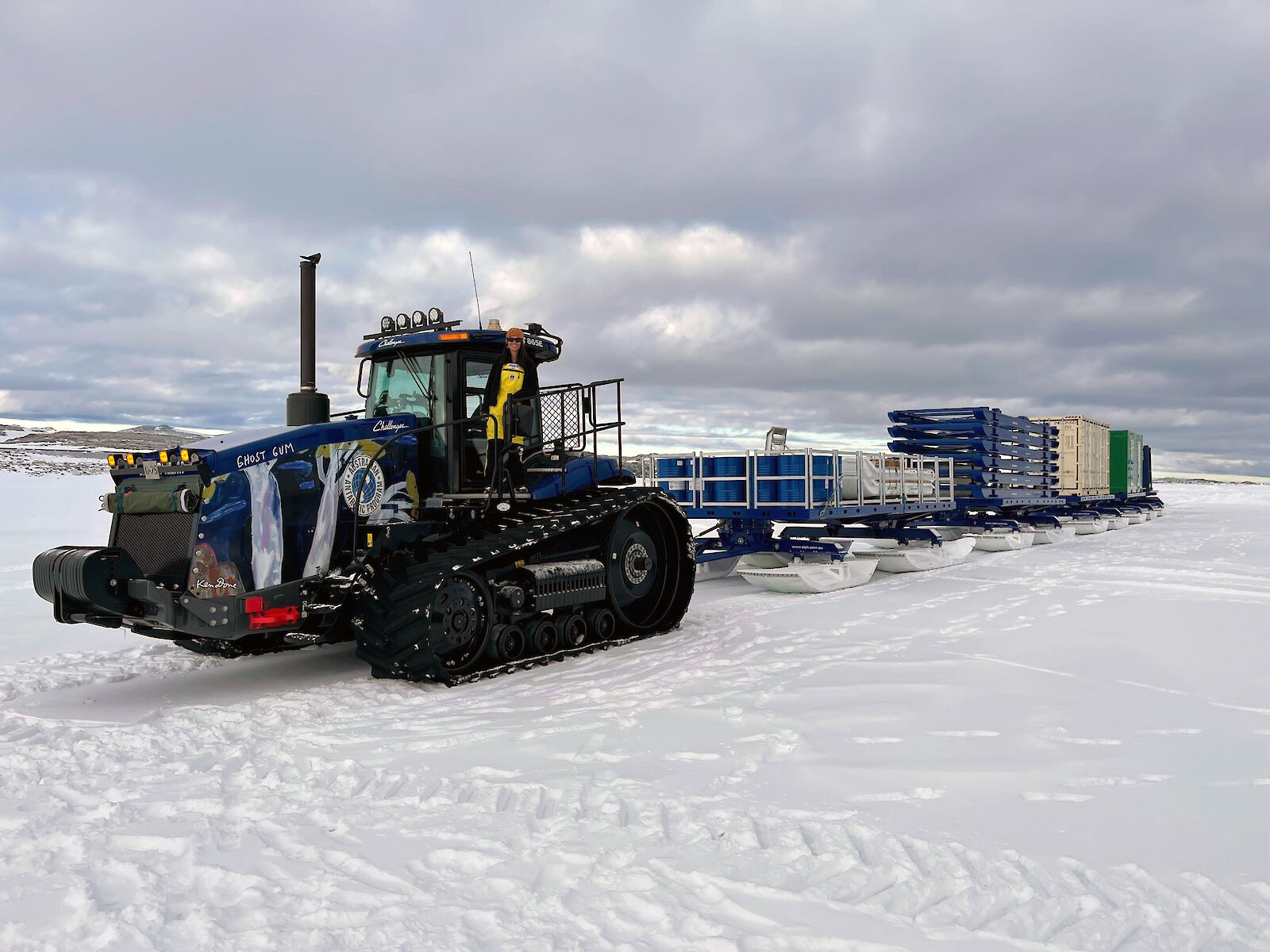Developing a robust doctrine application for the Antarctic
Key Objectives
- Digitise Doctrine: Create a centralised digital platform to manage SOPs and policies with version control and easy accessibility.
- Enhance Validation Processes: Implement a closed-loop feedback mechanism to support evidence-based decision-making.
- Design for Harsh Environments: Ensure the platform is operable in Antarctic conditions with limited connectivity and power.
- Prototype Integration: Incorporate practical field applications, such as the Digital Expeditioner prototype, into the platform’s framework.
The Digital Expeditioner Prototype
The Digital Expeditioner prototype was designed to enhance operational safety and communication in remote Antarctic environments. This concept included a mock-up of an expeditioner uniform and snow-weather gear integrated with modern communication tools such as:
- Team Awareness Kit (TAK) Software: A situational awareness tool that provides real-time geolocation and mapping capabilities, enabling team members to monitor each other’s positions and status even in low-connectivity areas.
- Headset Radios: Hands-free communication devices tailored for use in extreme weather conditions, ensuring clear and reliable communication during operations.
A critical feature of the Digital Expeditioner was its ability to establish a mesh network. By equipping each expeditioner with TAK-enabled devices, the system created a decentralised communication network where devices directly communicate with each other without relying on a central hub. This mesh network ensured continuous communication and data sharing, even when connectivity to external systems was unavailable.
The prototype also demonstrated how integrated digital tools could support the delivery and application of SOPs in the field. Expeditioners could access the latest procedures through their devices, providing a unified and accessible knowledge base to ensure consistent application of safety protocols.
Importance
The Digital Expeditioner concept was vital for:
- Improving Safety: Real-time situational awareness and reliable communication reduced risks associated with isolated or hazardous operations.
- Enhancing Collaboration: The mesh network enabled seamless coordination among team members in disconnected environments.
- Streamlining Knowledge Access: Digital tools provided instant access to updated SOPs, eliminating reliance on outdated or inaccessible paper documents.
- Future-Proofing Operations: The prototype set a foundation for further integration of digital technologies into AAD’s operational practices.
Expertise Provided
Doctrine Development | Digital Services Design | Knowledge Management | Technology Systems Integration
Approach and Methodology
- Environmental Scan: Conducted a comprehensive review of existing digital doctrine platforms and their applicability to AAD’s needs.
- Scoping Study: Identified requirements for a digital platform, including: Compatibility with DIL conditions. Compliance with Australian Government digital standards.
- Prototyping: Developed wireframes, user stories, and design diagrams for a digital doctrine pilot. A functioning tangible Digital Expeditioner prototype was also developed including TAK and Radio to test with expedition staff.
- Stakeholder Engagement: Collaborated with AAD staff and partners to ensure alignment with operational needs.
Outcome
The scoping study and environmental scan delivered:
- A Digital Doctrine Pilot Strategy: Detailed documentation enabling AAD to develop its internal pilot for the 2022-23 season.
- Design Deliverables: Wireframes, user stories, and diagrams to guide platform development.
- Closed-Loop Feedback Mechanism: A framework to incorporate user feedback and support evidence-based updates to policies and procedures.
AAD is now developing the digital doctrine platform based on the delivered designs. This platform will:
- Provide standardised, version-controlled SOPs.
- Improve accessibility for remote and disconnected teams.
- Enhance safety and operational efficiency in the Antarctic environment.
Conclusion
By digitising doctrine and integrating innovative tools like the Digital Expeditioner prototype, this project addresses critical operational challenges for AAD. The outcome is a more resilient, efficient, and safer approach to managing doctrine and SOPs, tailored to the unique demands of Antarctic operations.
